Search Images
Browse Content (p. 395)

Image
Caricature of Charles Maurice Talleyrand-Périgord
An 1815 caricature of Charles Maurice Talleyrand-Périgord (1754-1838), bishop of Autun. He is shown with six heads to reflect his ability to survive six regime changes in France.
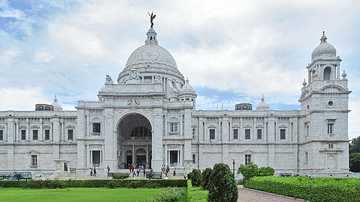
Image
The Victoria Memorial, Kolkata
The Victoria Memorial, Kolkata (formerly Calcutta), built in the first two decades of the 20th century in honour of Queen Victoria (r. 1837-1901)
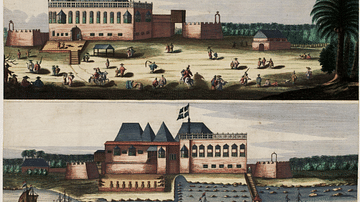
Image
East India Company Fort, Bombay
A c. 1665 illustration of the British East India Company's fort at Bombay (now Mumbai). (National Archives of the Netherlands, The Hague)
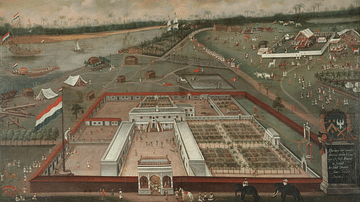
Image
VOC Trade Lodge in Hooghly, Bengal
A 1665 painting by Hendrik van Schuylenbergh showing the Dutch East India Company (VOC) Trade Lodge in Hooghly, Bengal. (Rijksmuseum, Amsterdam)
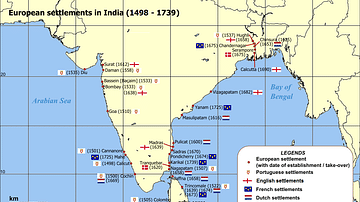
Image
European Settlements in India.
Map of India with Sri Lanka, illustrating locations of European settlements in the subcontinent between 1501 and 1739.
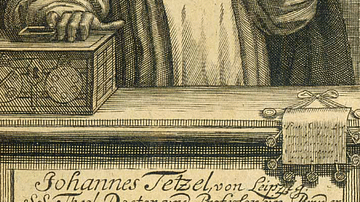
Image
Johann Tetzel
An early 18th-century print showing Johann Tetzel (l.c. 1465-1519), a Dominican Friar who became famous as one of the most effective indulgence salesmen in the Catholic church.
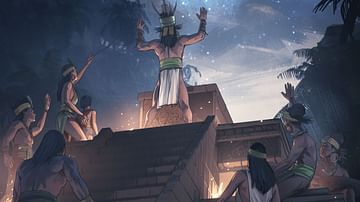
Image
Olmec Ceremony
Artist's impression of an Olmec religious ceremony atop a temple pyramid. Created by Amplitude Studios for the video game Humankind.
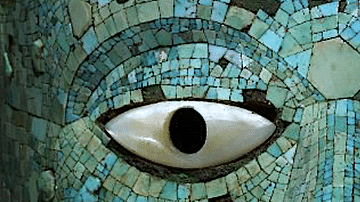
Image
Mask of Xiuhtecuhtli (Detail)
A detail of a turquoise mosaic mask representing Xiuhtecuhtli, the Aztec god of fire, 1400-1521 CE. The mask is of cedar wood with mother-of-pearl eyes, conch shell teeth and once with gold leaf on the eyelids. (The British Museum, London).
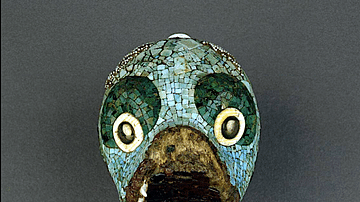
Image
Aztec Turquoise Pendant
An Aztec pendant representing an animal head and covered in turquoise mosaic and with eyes rendered in shell and pyrite. 1400-1521, Mexico. Height 10 cm. (British Museum, London)

Image
Assignat, 1792
An example of the assignat banknote for 400 livres, issued in 1792 during the French Revolution. From the National Numismatic Collection at the Smithsonian Institution. Image by Godot13.